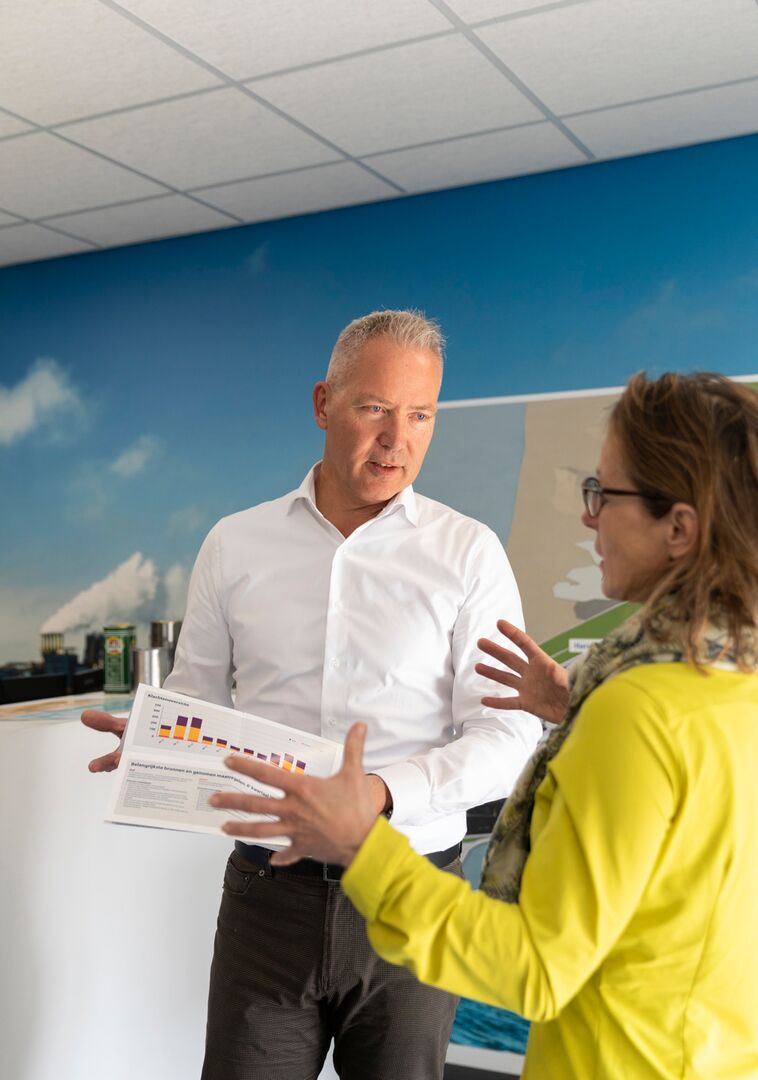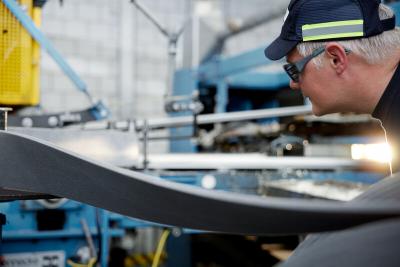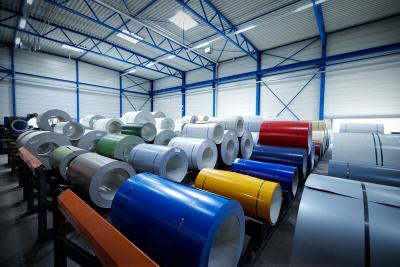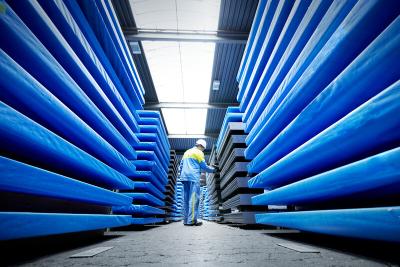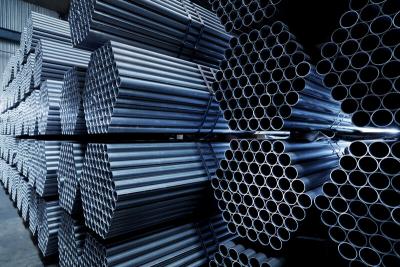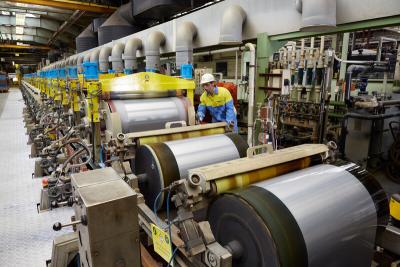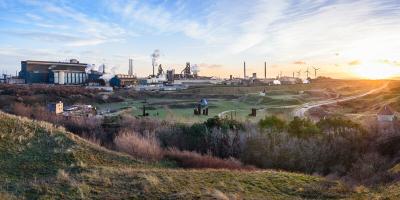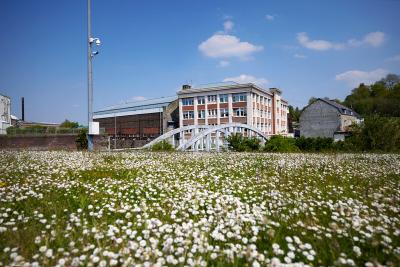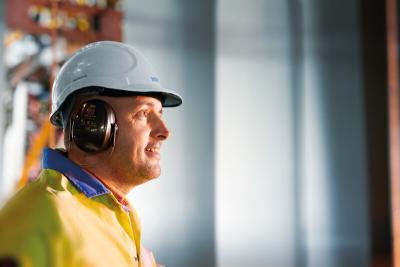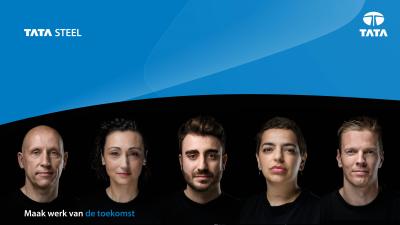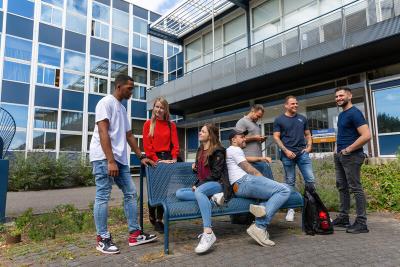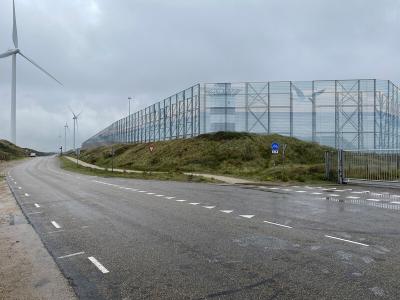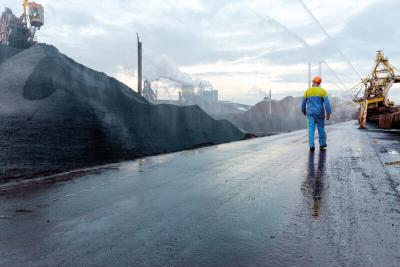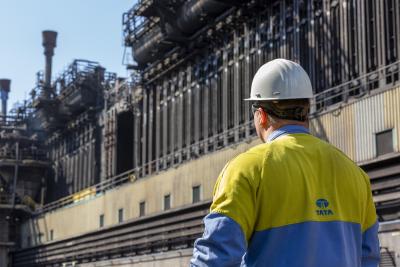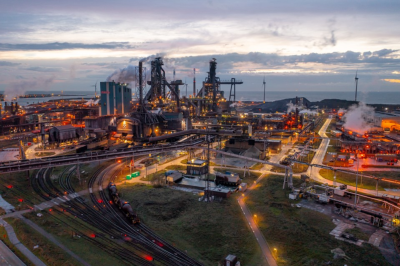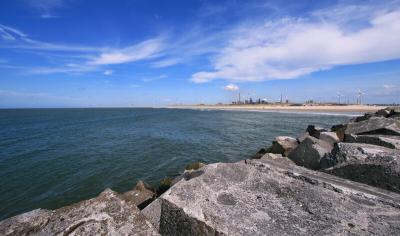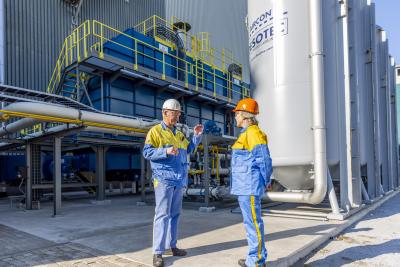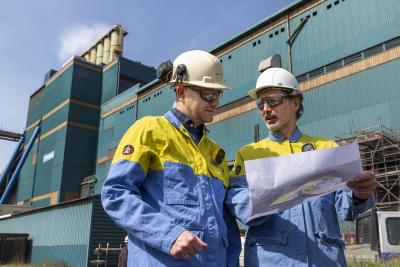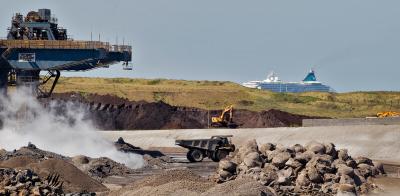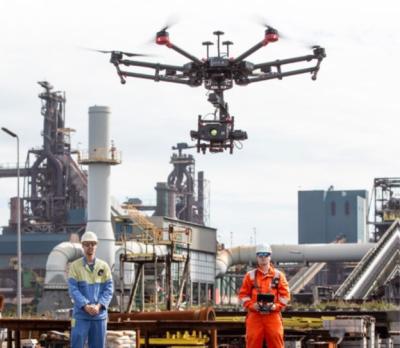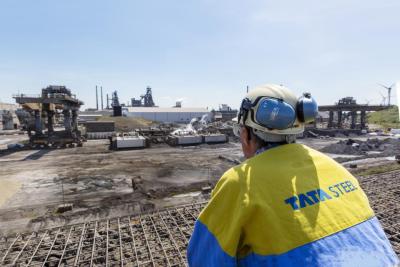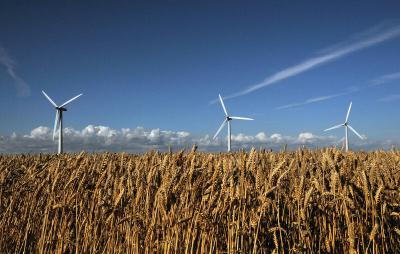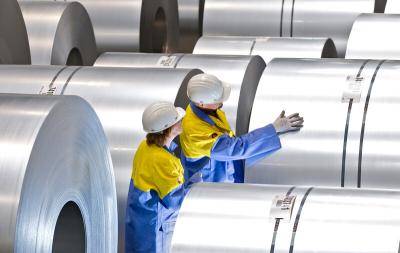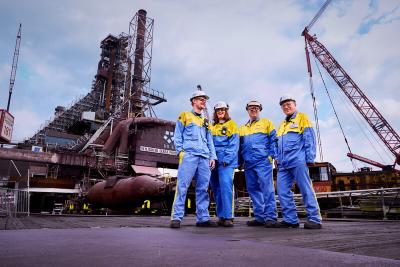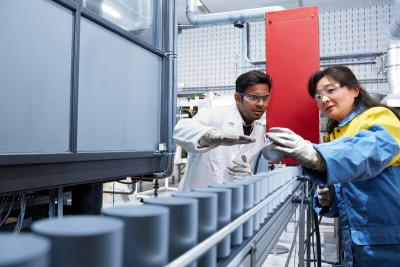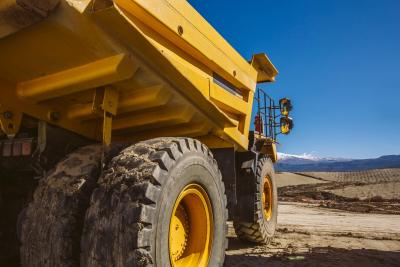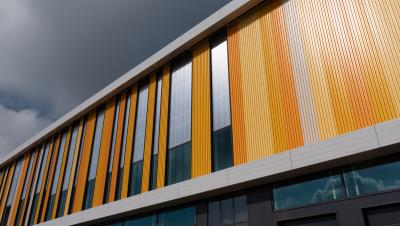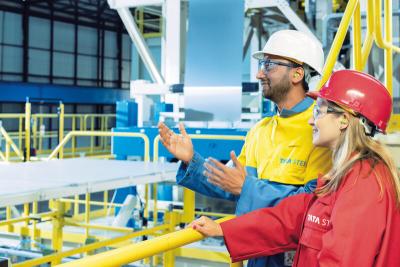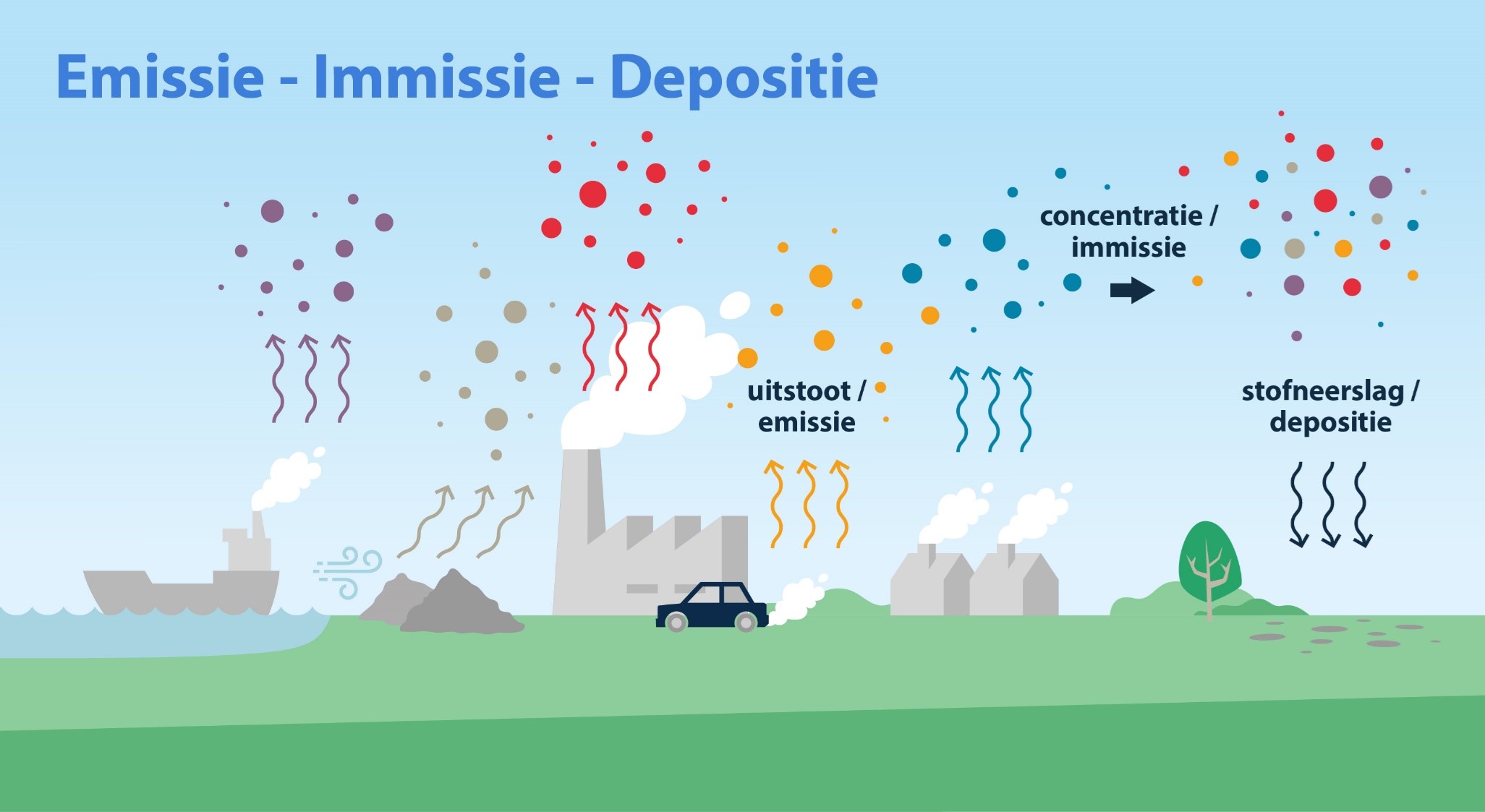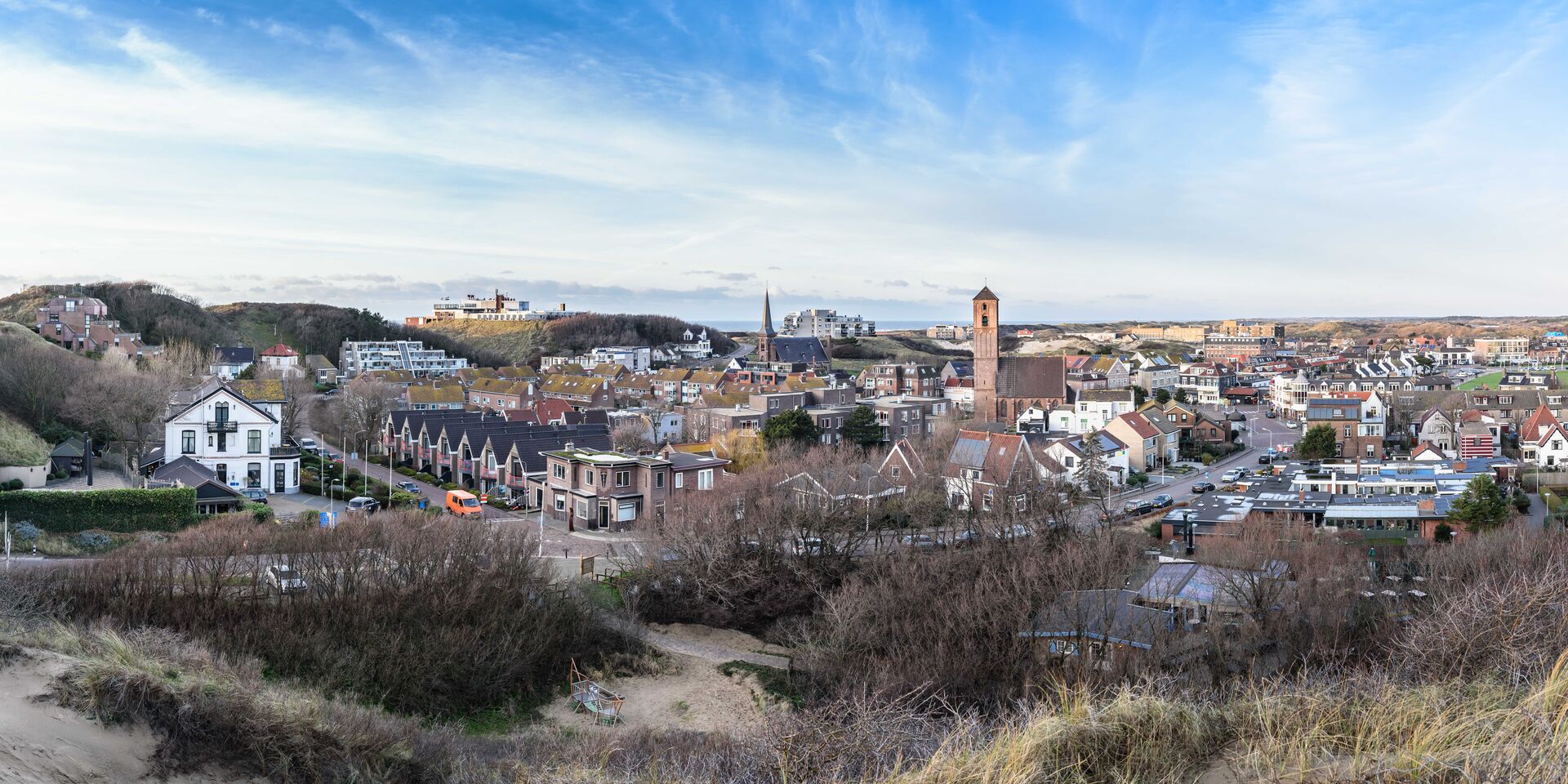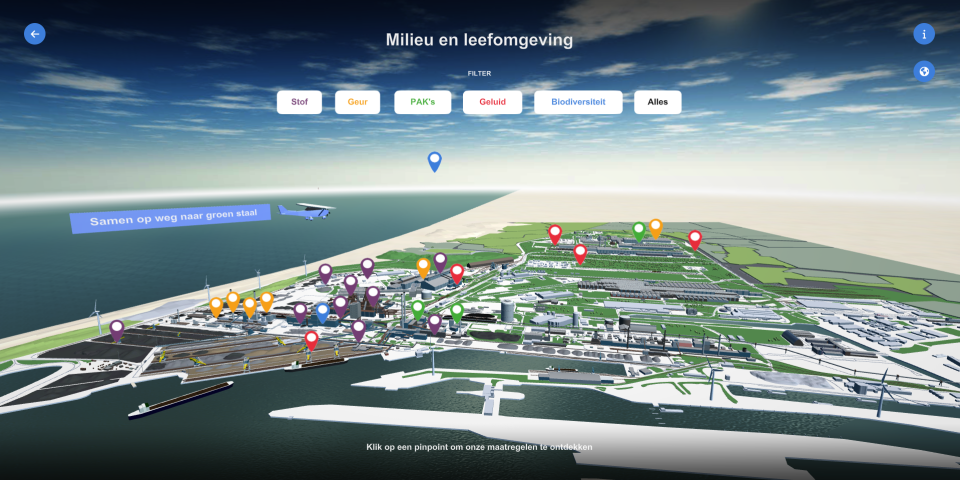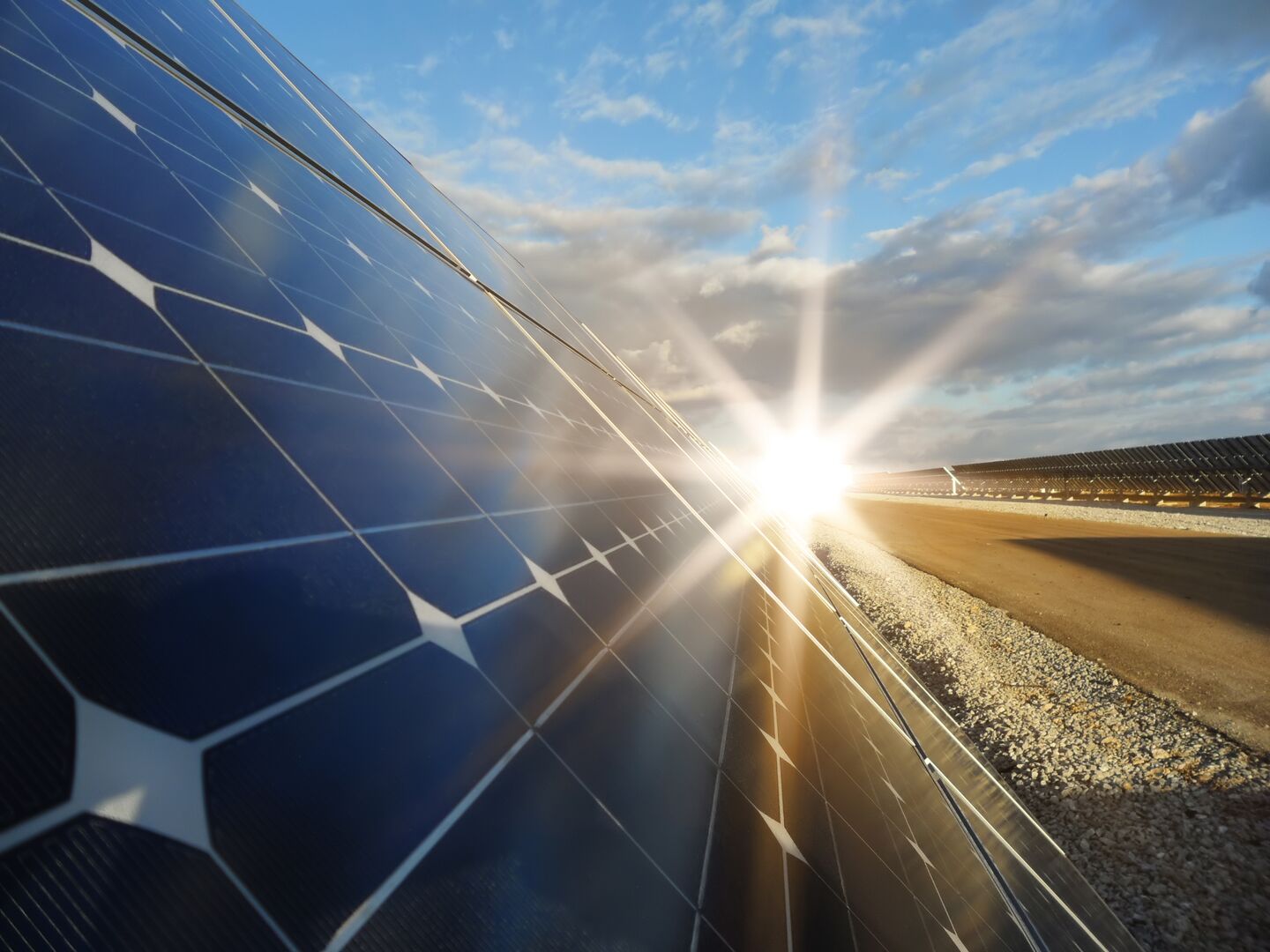On our website you can read how the emissions of PAHs, particulate matter, lead and nitrogen have been reduced and we show how the air quality has improved over the years. The graphs show the emissions for these substances from 2019 to 2022 and the next steps. The objective of the Roadmap Plus is expected to be achieved in 2025, that of Green Steel Phase 1 in 2030, and Green Steel Phase 2 in 2035. The expected future decreases are based on the knowledge that is currently available. These expected reductions can only actually be tested after the measures have been taken and measurements have taken place.
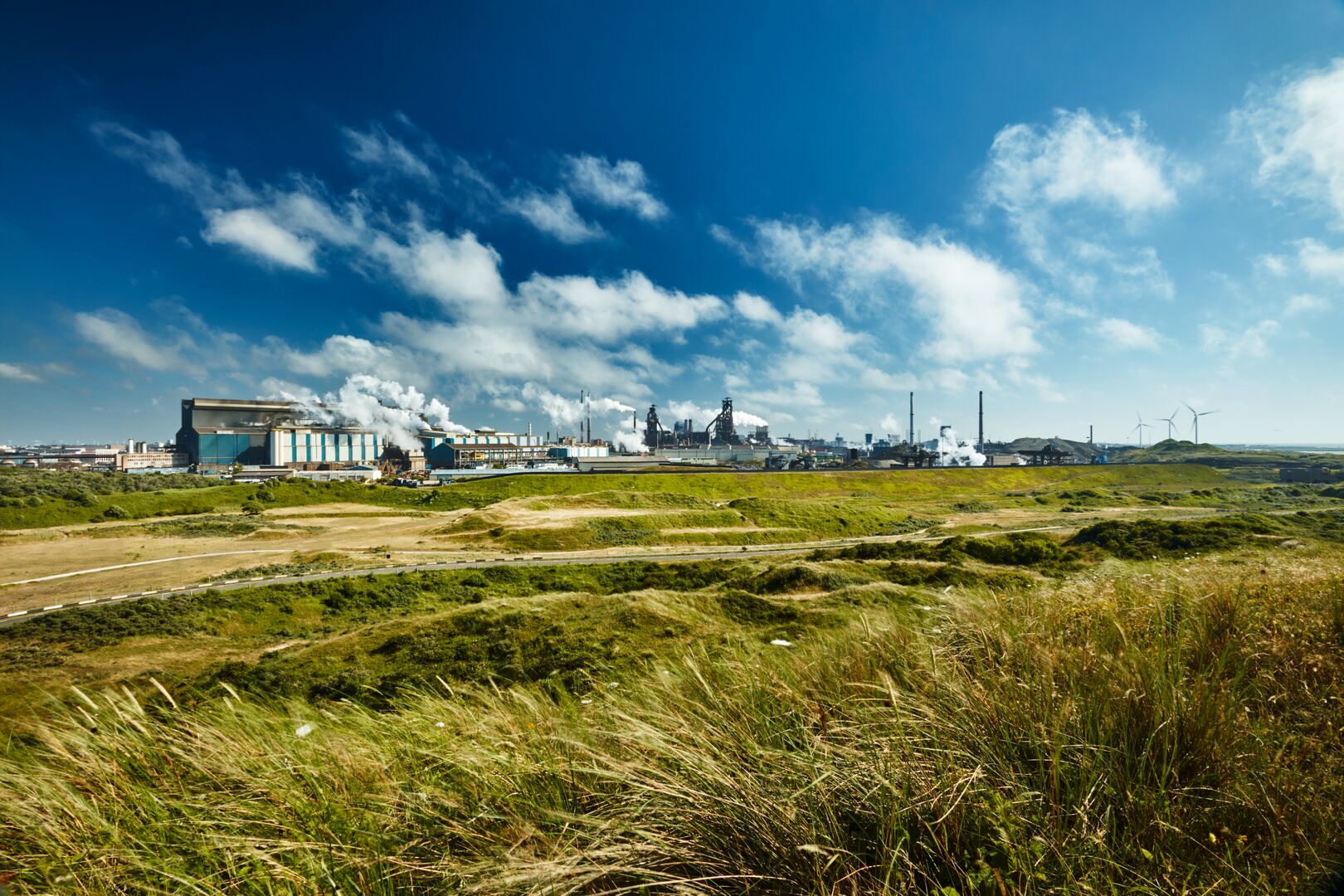
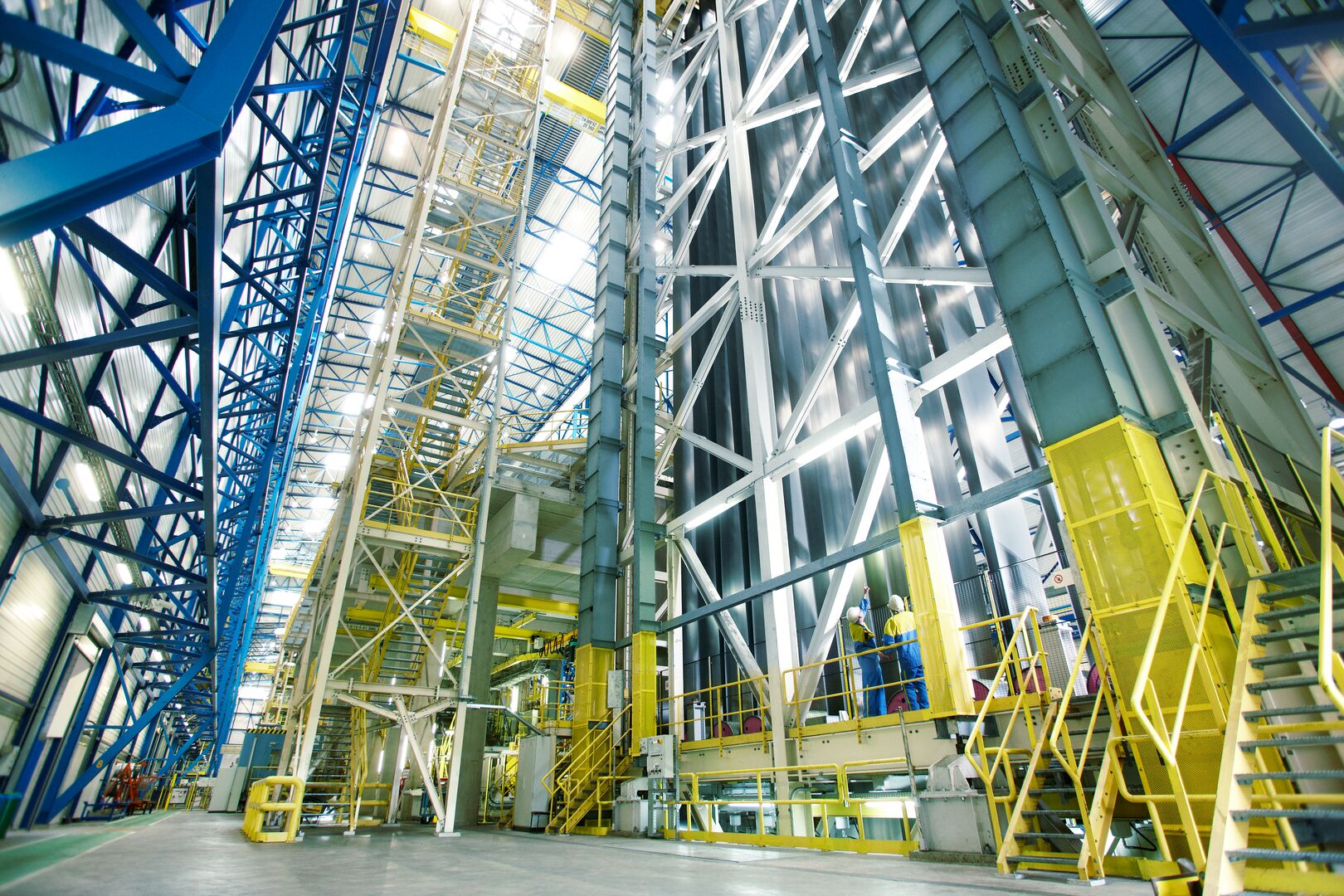
The basis of the figures shared below is in almost all cases the electronic annual environmental report (e-MJV); only the PAH total comes from the dossier of substances of very high concern. The e-MJV figures for 2022 have been submitted very recently. These are yet to be checked by the environment agency. They will do so in the course of this calendar year. This is what Tata Steel reports in terms of emissions.
Clean Air Agreement (Schone Lucht Akkoord, SLA): This is an agreement between the national government, the provinces and a large number of municipalities, aimed at cooperation between governments, companies and civil society organisations. The aim of the SLA is to jointly improve the air quality in the Netherlands permanently and to achieve a health gain of at least 50 percent by 2030. The instrument for this comprises the WHO guideline values for NO2, PM10 and PM2.5. The SLA initially focuses on achieving the WHO guideline values (2005) for nitrogen dioxide and particulate matter (PM10 & PM2.5) by 2030. It is currently being investigated how the new WHO guideline values (2021) can be incorporated into the SLA.
WHO: the World Health Organization (the Wereldgezondheidsorganisatie in Dutch) is the specialist agency of the United Nations that has a guiding and coordinating role in the field of health and wellbeing.
WHO guideline value 2005: guidelines for reducing health effects due to air quality. The SLA initially focuses on achieving the WHO guideline values (2005) for nitrogen dioxide and particulate matter (PM10 & PM2.5) by 2030.
WHO guideline value 2021: guidelines for air quality based on health. It is currently being investigated how the new WHO guideline values (2021) can be incorporated into the SLA.
EU standard: In 2008, various European directives on air pollution were merged into Directive2008/50/EC(European Community). This prescribes limit and/or target values that the Member States must adhere to.
MTR: the Maximum Tolerable Risk is the concentration of a substance in water, sediment, soil or air below which no negative effect is expected.
Measured annual average: public data from the air monitoring network (www.luchtmeetnet.nl) which is an initiative of, among others, RIVM, the Ministry of Infrastructure and Water Management, Amsterdam Municipal Health Council and DCMR Environment Agency Rijnmond.
e-MJV report: Electronic annual environmental report, a report from companies on their environmental performance. The report is issued annually by the government. After approval by the assessed body, the data will be used in various European reports.
Emission: The emission is the amount of pollutants coming from the source.
Immission: The dispersion of substances in the atmosphere: immission.
Deposition: Deposition is the precipitation of substances such as ammonia on a surface. A surface in this context may be the soil, water in a lake, but also the leaves of vegetation.
